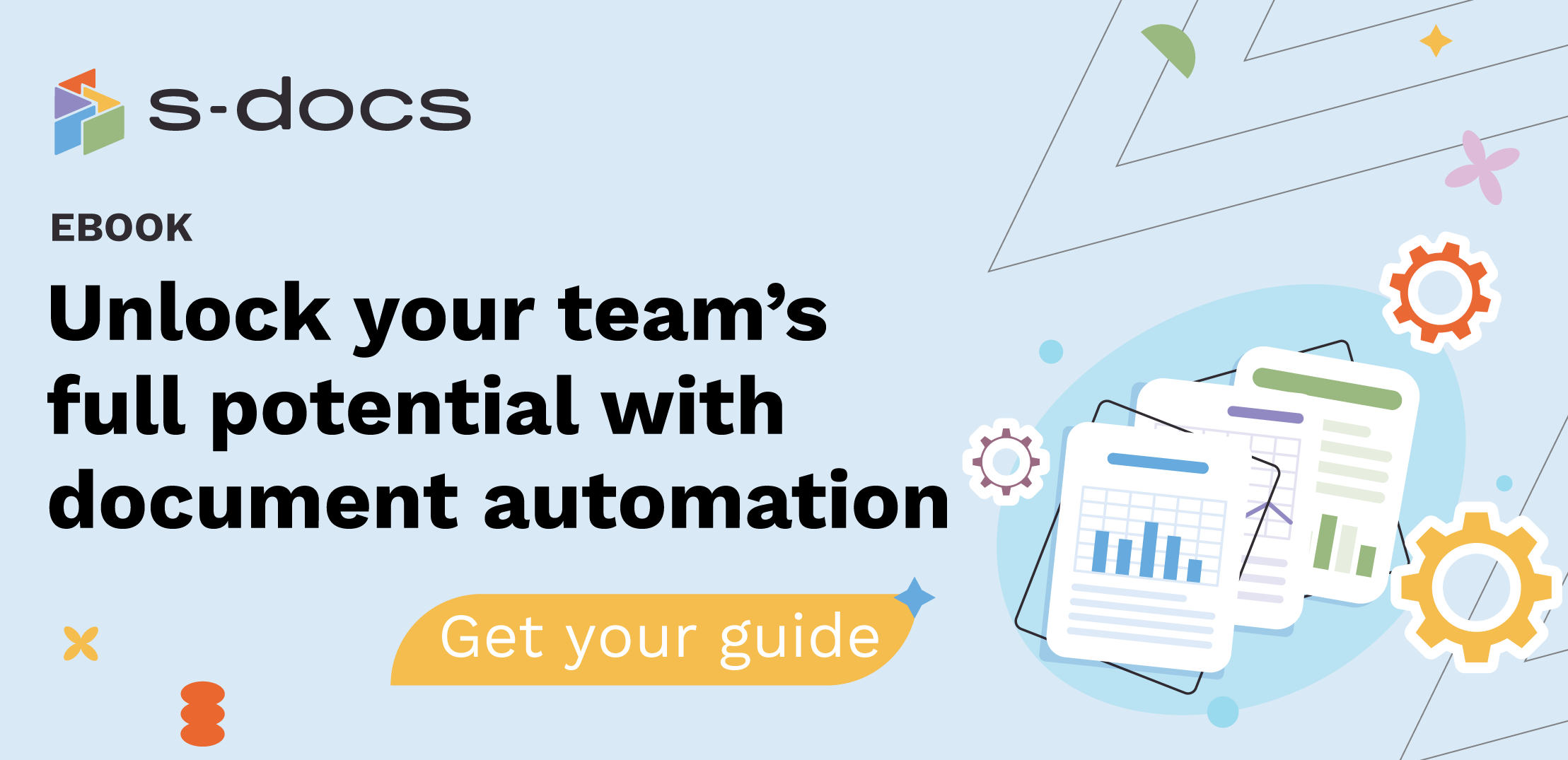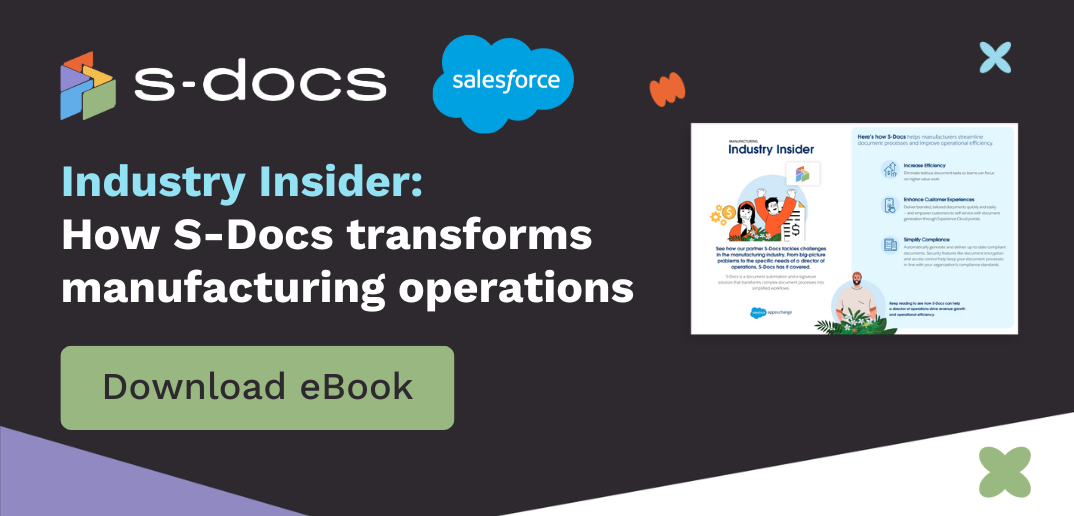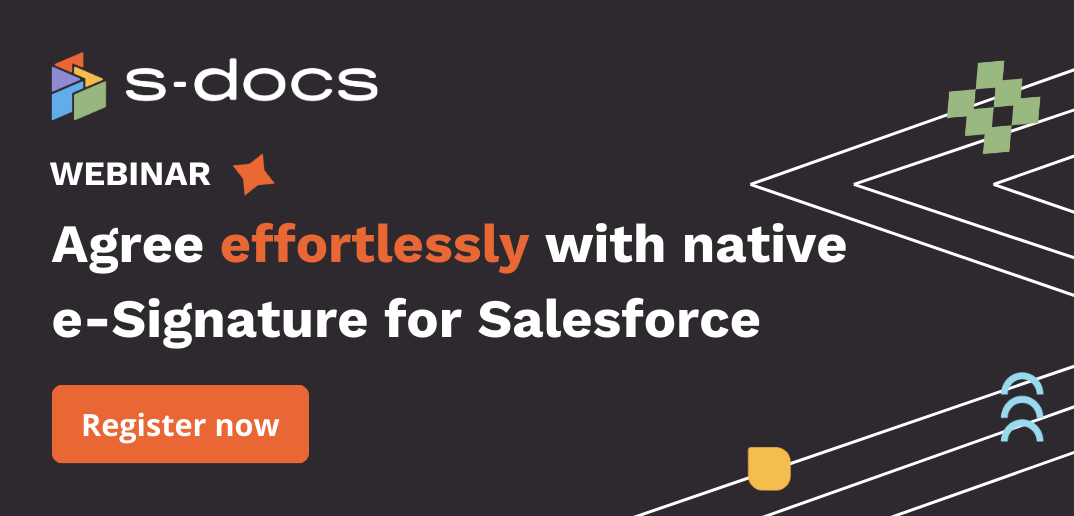A digitally-empowered government workforce -- sounds buzzwordy, doesn’t it? What does “digitally-empowered” even mean? The opposite of “analogue-empowered?”

Well, technically -- but let’s hope nobody actually uses that phrase. A digitally-empowered government workforce is one that has taken control of the digital technologies revolutionizing the private sector and used them to adapt their operating model to the modern era.
As the pace of change increases, citizen expectations rise, and unforeseen events shake our world, leveraging the latest digital technologies is now compulsory. The public sector needs to digitalize to operate as efficiently as possible, scale in the face of disaster, and remain relevant as an essential part of functioning societies.
The consequences of avoiding digital transformation in government are formidable, and the benefits of embracing it are clear. Let’s take a look at the 5 biggest advantages of digitally-empowered government workforces.
1. Improve Citizen Experiences
At the end of the day, citizens are customers, and they expect to be treated like modern customers are treated. According to an Accenture Survey, 85% of U.S. citizens hold the government to the same or higher standards as their commercial providers. Without the right solutions, these standards are impossible for governments to meet.
Take the sheer number of channels available for interaction: social media and text for instant communication, online portals and apps for self-service, not to mention phone calls and emails.
Governments that leverage the right technology not only make all of these channels available to their citizens, they connect them all together on the backend so that the data can be used effectively. Using a CRM like Salesforce, government organizations can integrate multiple channels and systems into a singular view.

Citizens are happier when they can interact with the government on their own terms, and employees can provide better, more personalized service when it’s all connected together. What’s more, tools like Tableau CRM (formerly Einstein Analytics) can analyze the data and help agents make better decisions.
You Might Also Like: How US Government Entities Are Using Salesforce in 2020
2. Maximize Return on Public Investment
While governments and private businesses differ, a similarity can be found in the need to optimize ROI. No organization likes wasting money, and the consequences of doing so are especially strong for the public sector, where budget problems and stalled projects can actively harm constituents.
Investing in digital technologies like an integrated government CRM can dramatically improve resource management and lead to more informed spending decisions. Automated reports and dashboards can link different investments to the outcomes they produce, creating a system of accountability and a model of what to change next time.

Employing things like document automation can indirectly boost ROI through saved time and reduced errors. Automating critical government documents (and other similar workflows) can free up time for higher-value tasks and turn government workforces into more efficient machines. In turn, public value will be increased and opportunities for new innovations will become more abundant.
3. Improve Citizen Data Security
Traditionally, data security has been one of the biggest limiting factors for governments looking to move away from legacy IT systems -- cloud computing just wasn’t safe enough. But with the advent of the Federal Risk and Authorization Management Program (FedRAMP), government organizations are now able to leverage innovative cloud solutions without compromising data security.
You Might Also Like: Safeguarding Your Salesforce Data: Best Practices For Government Entities
Solutions like Salesforce Government Cloud provide government-specific functionality on a platform that allows government entities to be more efficient and keep their data more secure. Instead of housing data in multiple siloed systems, which increases the surface area for potential cyberattacks, everything can be consolidated and safeguarded in one place.
In addition, the Salesforce AppExchange hosts a large number of native applications that run within the secure Salesforce environment. Government organizations can extend the functionality of Salesforce without worrying about losing control of their data. S-Docs document generation and e-signature is just one of the many native Salesforce applications built with the data security needs of the public sector in mind.

You Might Also Like: 5 Security and Compliance Benefits of Salesforce Document Automation
4. Attract Better Talent
A digitally-empowered government workforce is more efficient, innovative, and aligned with the direction the business world is moving. This enables digital-first government organizations to attract and retain top talent that would otherwise be pulled by faster-moving private businesses.
While technology that empowers valuable work is lucrative to prospective employees, so is the culture that it brings with it. Governments that embrace the digital age are able to create a culture of growth and innovation from the top down. These benefits attract the kind of innovators required to keep government agencies adapting and relevant.
5. Prepare For The Future
The pace of change is speeding up. Adapting to today’s challenges will only carry an organization so far. Government entities need systems that are ready to pivot and scale at a moment’s notice when the issues of today morph into those of tomorrow.
Organizations with a digital-first approach are in the best position to weather the storms that blow their way. Cloud technology is built to update and scale quickly, allowing governments to stop lagging behind and start providing the services citizens need, making the most of their resources, and ultimately creating a better world to live in.
S-Docs: Document Generation and E-Signature for Salesforce Government Cloud
S-Docs is the only 100% native document generation and e-signature solution available for Salesforce Government Cloud. S-Docs was built by leaders in Salesforce architecture and data security, which is why it’s architected entirely on the Salesforce Lightning platform. Customer data is never sent outside of Salesforce for processing, and our solution requires zero external integrations.
As a trusted partner to government organizations around the globe, we’re here to answer any questions about your digital document needs. Reach out to sales@sdocs.com or request a demo today. Happy digitalizing!







